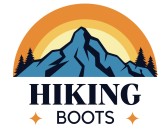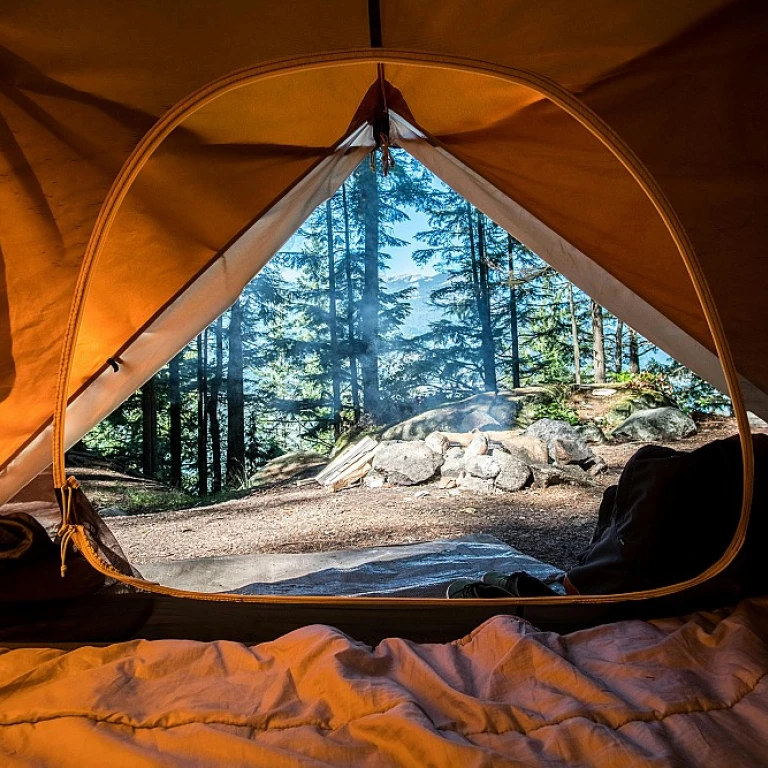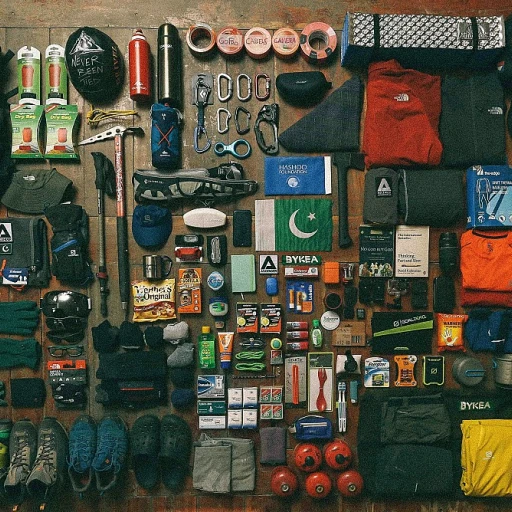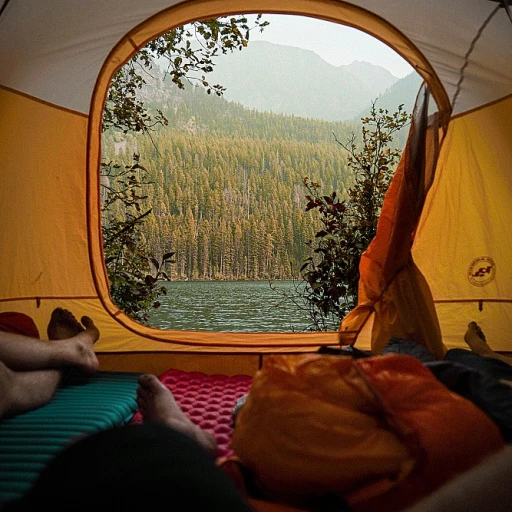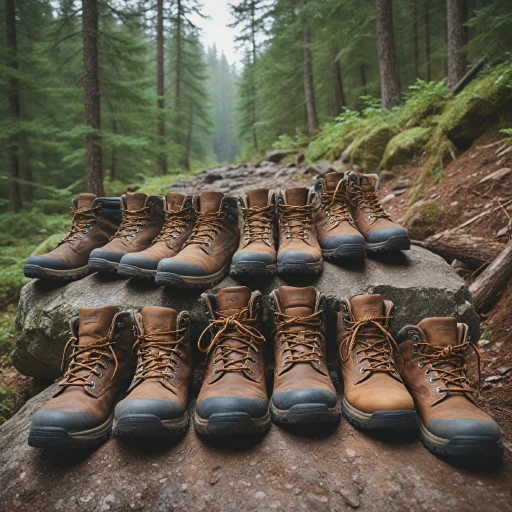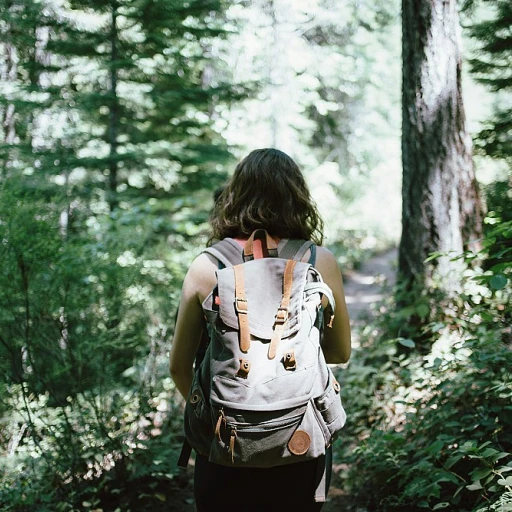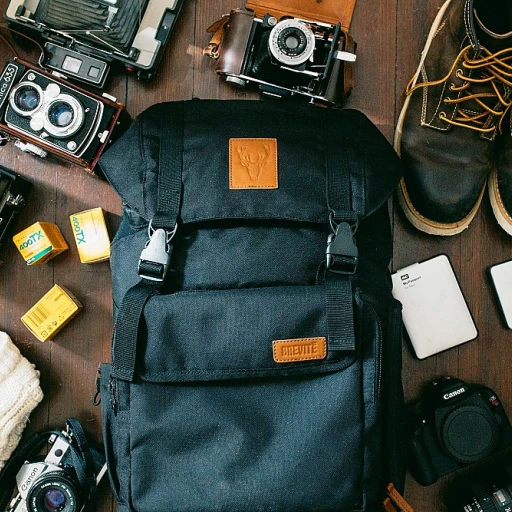
Understanding the Importance of Proper Fit
Prioritizing Fit for Peak Performance
Understanding the importance of proper fit is crucial for anyone venturing outdoors, whether it's for a weekend escape or a challenging trek. The right fit can make all the difference between enjoying the journey and being constantly hampered by discomfort. Ill-fitting hiking boots can lead to blisters, sore feet, and even long-term injuries. Properly fitting boots should snugly embrace your feet without pinching or squeezing, allowing room for moisture-wicking hiking socks. Consider the added warmth or layer you might need in colder conditions, but ensure the boots aren’t too tight if you plan to wear thicker socks or if your feet tend to swell during long hikes. When choosing the best hiking boots for women or men, factors such as material, weight, and waterproof features should complement the fit. Whether it’s a water-resistant jacket or packable rain gear, your footwear must seamlessly align with your outdoor attire. Explore versatile options like the Lems Boulder Boot for adaptable performance across diverse hiking scenarios. In addition, pricing can influence decisions, with options ranging from accessible selections at a regular price to top-of-the-line gear available at a sale price. Consider where you normally buy, whether it's through platforms like Amazon or checking the offerings at outdoor stores like REI. To conclude the section on fit: take the time to try on different styles, walk around the store, or take advantage of return policies to ensure your boots deliver comfort and support that meet all of your hiking adventures' demands.Materials Matter: Leather vs. Synthetic
The Choice Between Leather and Synthetic
When selecting hiking boots, one critical decision revolves around the materials used in their construction. Understanding how leather and synthetic materials impact your hiking experience can guide you toward a smart choice.Leather: A Reliable Companion
Leather hiking boots have long been the go-to for many outdoor enthusiasts due to their durability and comfort. Full-grain leather is known for its supportive fit and resistance to wear, making it a preferred choice for extended backpacking trips where reliability is key. However, leather can be heavier and may demand a longer break-in period, requiring extra attention in terms of care and maintenance. The capacity of leather to stave off water is typically high, although ensuring a good waterproof layer is still essential after extended use.
Synthetic: Lightweight and Versatile
In recent years, synthetic materials have gained popularity for their lightweight and versatile nature. Made from combinations of nylon, polyester, and other man-made fibers, synthetic boots often offer greater breathability and are generally quicker to dry when exposed to rain or water. Hikers seeking a quicker-breaking-in process may find synthetics less taxing on their initial outings. While they are generally more affordable in terms of regular price and sale price, synthetic boots may not provide the same level of durability as leather. Often hailed for their impressive waterproof qualities, models like the Patagonia Torrentshell and Arc'teryx Beta shell jackets often complement these boot styles.
It's crucial to strike the balance between what materials offer and what your hiking conditions demand. For those encountering frequent wet conditions, maintaining breathability with synthetic while supplementing with a good rain jacket or packable waterproof jacket might be ideal. Conversely, if stability and long-term durability are at the fore, investing in leather could be your best bet. Choosing the right outdoor boots is ultimately about aligning material properties with personal adventure goals and environmental interactions.
Types of Hiking Boots: Finding the Right Style
Different Styles for Diverse Adventures
Choosing the right hiking boots can be crucial to ensuring comfort, safety, and performance on the trails. There exists a wide array of boot styles tailored to various hiking activities and terrains. Here’s a breakdown to help you match your hiking boots to your outdoor adventures:- Lightweight Hiking Shoes: Ideal for day hiking or for trekkers who prefer less rugged terrain. These are akin to trail-running shoes, providing agility and flexibility akin to wearing a light shell jacket, making them highly packable for backpacking trips. Women's specific models are also widely available, catering to diverse needs and preferences, providing both style and comfort.
- Day Hiking Boots: Slightly heavier than hiking shoes, these boots offer more support and protection. They're designed for shorter trips, making them an excellent choice for weekend warriors who venture into varied terrains. Their construction often includes features like waterproof membranes, akin to what you'd find in the best rain jackets, ensuring your feet stay dry in wet weather conditions.
- Backpacking Boots: Constructed for long treks and carrying heavier loads, these boots provide the utmost support, similar to a sturdy REI rain jacket equipped with pit zips for breathability. Great for more challenging trails, they usually feature higher cuts for better ankle support, robust waterproofing, and durable outsoles to handle rugged terrains.
Waterproofing and Breathability: Striking the Balance
Weather Preparedness: Keeping Dry and Comfortable
When embarking on a hiking adventure, it is crucial to consider the challenges posed by the weather, especially when it comes to keeping your feet dry. The best hiking boots offer a harmonious balance between waterproofing and breathability, ensuring that you remain comfortable throughout your hike.
A good pair of boots should have robust waterproofing features, whether you're facing a light drizzle or a relentless downpour. Waterproof materials like Gore-Tex are highly recommended for safeguarding your feet, preventing water from seeping in while allowing moisture and heat to escape, which is especially beneficial during intense hikes.
For additional protection, consider pairing your boots with a reliable rain jacket or shell. Top brands such as Arc'teryx and Patagonia Torrentshell offer waterproof jackets that complement your hiking gear. These jackets often come with features like pit zips for enhanced ventilation, hand pockets for storage, and may be available at a price sale during off-seasons, providing more value for your purchase.
Consider the Climatic Conditions
Your decision between opting for full-blown waterproof boots or those with minimal waterproofing should align with the typical climate of your hiking locales. For instance, areas with frequent rain would benefit from boots with excellent waterproof properties, while those trekking in drier regions might prioritize breathability.
Versatile boots that balance these aspects are often the best choice for hikers who traverse varied terrains and climates. It's equally worth noting the importance of boots being lightweight and packable, especially if you are into backpacking as you'll want to conserve energy and space in your pack.
Brands like Black Diamond and those available on platforms like REI and Amazon offer a spectrum of options, from waterproof packable to outdoor helium layers and rain jackets, each catering to hiking needs
Choosing Gender-Specific Designs
When selecting hiking boots, consider designs tailored to specific needs, such as those for women and men. These designs often provide enhancements in fit and structure, ensuring optimal comfort and efficiency on the trail.
In summary, achieving the right balance in waterproofing and breathability is essential for an enjoyable hiking experience, with your boots and other gear like a rain jacket playing critical roles in crafting the perfect outdoor outfit.
Traction and Stability: Sole Considerations
Enhanced Grip: Crucial for Safety
Finding hiking boots with the right traction is crucial for maintaining stability on various terrains. A high-quality sole will ensure your boots offer a solid grip on slippery surfaces, be it wet rocks after rain or muddy trails. When selecting hiking boots, prioritize models that integrate advanced sole technology designed to enhance your safety.Exploring Different Sole Materials
Sole material plays an important role in how your boots will perform on different surfaces. Some popular options include Vibram, praised for its durability and grip. Depending on your hiking needs, consider the benefits of multi-directional lugs, which provide additional traction. This is especially important if you often find yourself traversing diverse terrains.Design Elements: Stability and Support
High-topped boots offer better ankle stability, reducing the risk of injury, a critical factor when carrying a backpacking load. On the other hand, lightweight, low-cut boots may be ideal for day hikes. Footwear stability also hinges on the boot’s midsole, which influences responsiveness and support on uneven surfaces.Tuning Traction to Terrain
Consider where you’ll primarily hike when deciding on the best outsole for your boots. Rocky and rugged paths might require aggressive treads to prevent slippage. Waterproof models, often featuring a Gore-Tex layer, can be a good shelter against elements while maintaining robust grip.Price Versus Performance
While premium options like Black Diamond or Arc'teryx boots might come with a hefty price tag, they usually offer advanced features such as Vibram soles that justify the price. Meanwhile, budget-friendly alternatives might not have all the bells and whistles but provide decent traction for less demanding trails. Whether you're eyeing options on REI or searching for those marked at a regular or sale price on Amazon, considering the sole's design and material will provide insight into the boot's overall performance and durability on your outdoor journeys.Caring for Your Hiking Boots: Maintenance Tips
Taking Care of Your Trusted Trail Companions
Ensuring the longevity and performance of your hiking boots requires some dedicated care. Just like you wouldn't leave your rain jacket soaked after a downpour, your boots need attention after a challenging trek.- Cleaning: After a hike, especially in muddy or wet conditions, clean off any dirt and debris from your boots. Use a brush and some water, but avoid soaking the boots entirely.
- Drying: When your boots get wet, dry them at room temperature, avoiding direct heat sources. Stuffing them with newspaper can help absorb excess moisture.
- Conditioning and Waterproofing: Depending on your boot materials, apply a suitable conditioner or waterproofing product. Products like Gore-Tex are more effective when maintained correctly. This is especially vital before heading out on a wet, rugged hike where your gear, including your boots, will face the elements.
- Sole Check: Inspect the soles for wear and replace when necessary for optimal stability and traction on varied terrains. Much like choosing a shell jacket with reliable pit zips for ventilation, having intact soles ensures comfort and safety on the trail.
- Storage: Store your boots in a cool, dry place, preserving them from fluctuating temperatures and humidity. Avoid leaving them in your backpacking gear pile where they could get compressed or misshaped.
